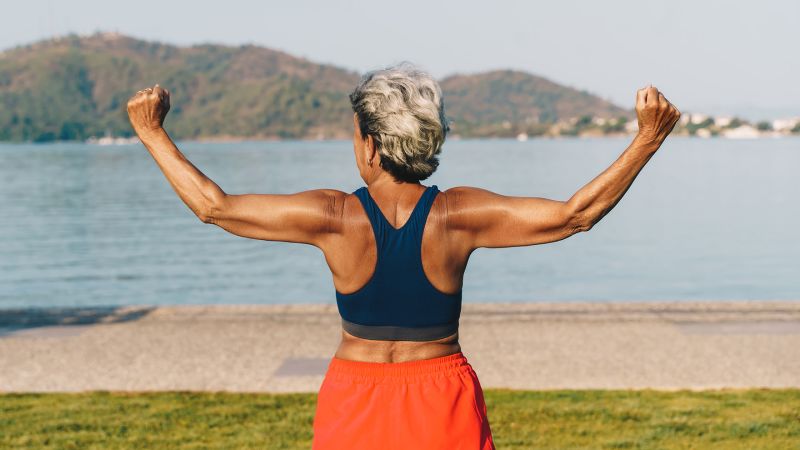EDITOR’S NOTE: Starre Vartan is the author of “The Stronger Sex: What Science Tells Us About the Power of the Female Body,” which will be published on July 15.
People who lived through the Irish Potato Famine, enslavement in Trinidad and Icelandic measles epidemics all have something in common: Women outlive men in dire circumstances.
That’s because the female body is built for resilience and longevity, as I found while researching for my new book, “The Stronger Sex.”
Despite having more complex reproductive organs and the burdensome, sometimes fatal, functions that come with them — menstruation, pregnancy, childbirth and breastfeeding — female bodies tend to outlast male bodies. And that’s the case even though girls in many parts of the world have access to fewer resources, such as food and medical care, than boys do.
That female toughness holds true in extreme circumstances, as Virginia Zarulli, now an associate professor of demography at Italy’s University of Padua, found when she analyzed survival data across seven historical populations experiencing famines, epidemics and enslavement.
Continue reading the complete article on the original source



